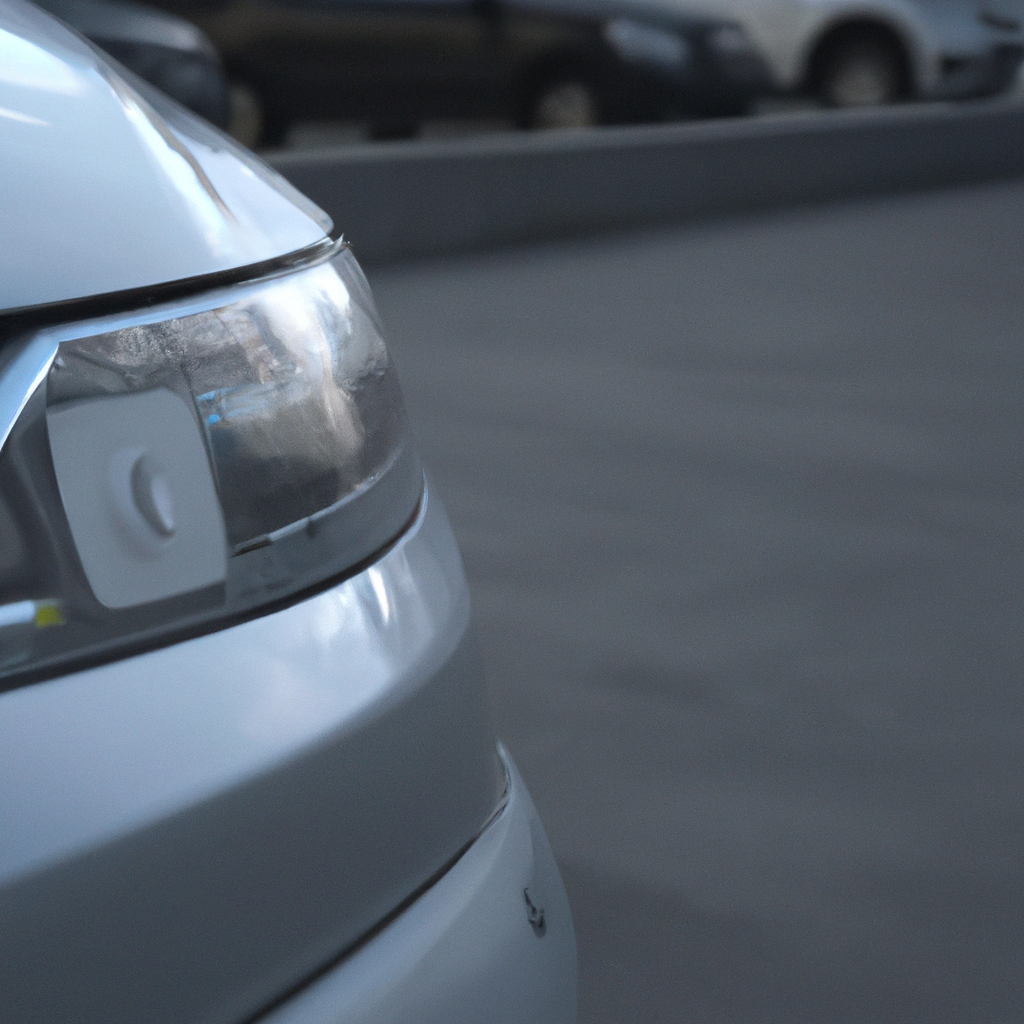Car Parking Sensor System: A Comprehensive Guide
Car safety technology has evolved significantly over the years, and one of the most useful innovations is the car parking sensor system. Automotive parking sensors make it easier for drivers to park their cars, reducing the risk of accidents and collisions. But how exactly does a car parking sensor system work? In this article, we will explore the workings of a parking assist system, including reverse parking sensors and other essential components.
What is a Car Parking Sensor System?
A car parking sensor system is a type of proximity sensor that uses ultrasonic or electromagnetic waves to detect objects near a car. The system alerts the driver when the car is approaching an obstacle, making it easier to park in tight spaces. Most parking assist systems use a combination of sensors and cameras to provide accurate data to the driver.
How Does it Work?
A parking assist system typically consists of several components, including sensors, control units, and displays. Let’s take a closer look at each of these components.
Sensors:
The sensors are the most critical part of the car parking sensor system. They are typically located on the front and rear bumpers of the car and use ultrasonic or electromagnetic waves to detect objects. Ultrasonic sensors emit high-frequency sound waves that bounce off nearby objects and return to the sensor. The sensor measures the time it takes for the sound waves to bounce back and calculates the distance between the car and the object. Electromagnetic sensors work similarly by emitting a low-frequency electromagnetic field that detects nearby objects.
Control Units:
The control unit is the brain of the parking assist system. It receives data from the sensors and processes it to determine the distance between the car and the obstacle. The control unit then sends a signal to the display unit to alert the driver of any potential risks.
Displays:
The display unit is the interface between the driver and the parking assist system. It typically displays visual and audible alerts to warn the driver of any obstacles. The display unit can be located on the dashboard, rearview mirror, or built into the infotainment system.
Types of Parking Sensors:
There are two main types of parking sensors: active and passive sensors.
Active Sensors:
Active sensors emit a signal to detect nearby objects. They are typically more accurate than passive sensors but require more power to operate. Active sensors are commonly used in newer cars and are more expensive than passive sensors.
Passive Sensors:
Passive sensors detect objects by measuring the changes in the electromagnetic field around the car. They are less accurate than active sensors but require less power to operate. Passive sensors are commonly used in older cars and are less expensive than active sensors.
Types of Parking Assist Systems:
There are two main types of parking assist systems: front and rear parking assist systems.
Front Parking Assist System:
The front parking assist system uses sensors located on the front bumper to detect objects in front of the car. The system alerts the driver of any potential risks, making it easier to park in tight spaces.
Rear Parking Assist System:
The rear parking assist system uses sensors located on the rear bumper to detect objects behind the car. The system alerts the driver of any potential risks, making it easier to park in reverse.
Conclusion:
In conclusion, a car parking sensor system is a useful safety feature that can make it easier for drivers to park their cars. The system uses sensors, control units, and displays to detect nearby objects and alert the driver of any potential risks. There are two main types of parking sensors: active and passive sensors, and two main types of parking assist systems: front and rear parking assist systems. With the increasing popularity of parking assist systems, we can expect to see more advanced features in the future, making parking even easier and safer.







